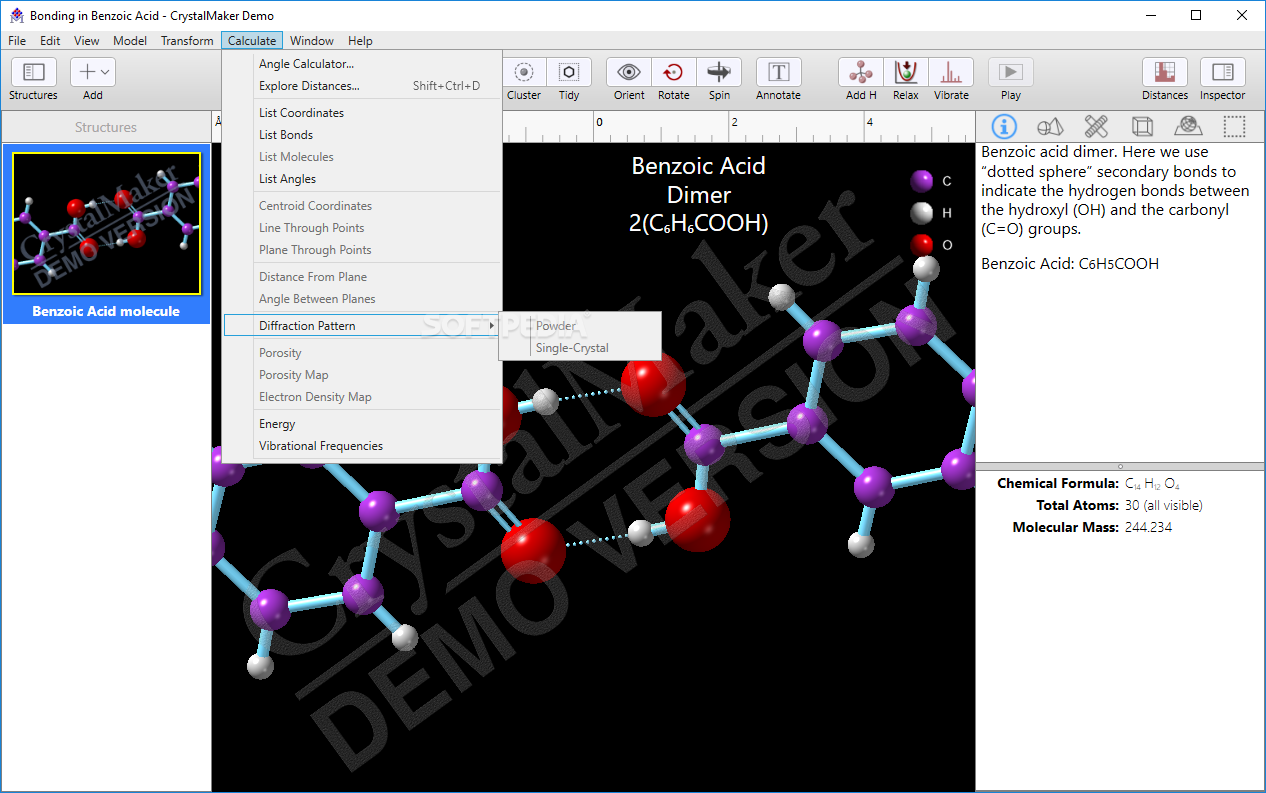

Therefore, this determines what other elements it will react with as it prefers elements that complete its shell. and will give up or accept electrons to reach this number. You've likely heard that atoms like to have full valance shells, eg 8. Beginning with valance: valence electrons are the ones in the outer shell. However, you want to know what determines these properties to start with. So if you can place your mystery element on the table you can have a decent idea of how it acts. the noble gasses (row8) are unreactive gasses while the alkali metals(row1) are extremely reactive. Luckily the periodic table is in fact periodic in nature such that for the most part, properties of elements in the same row for instance are pretty similar, eg.


While this won't be an exhaustive list, there are a few characteristics that help determine an elements properties relative to another: Valence shell electron number, electronegativity, and size to start with. (See also technetium, the lightest element that, more or less, does not occur in nature.) There are multiple examples of the properties of elements being predicted based on its electron structure and atomic mass, before the element was actually discovered. Sometimes, though, these little corrections happen to come together to make a particular element do something unexpected, which is why you can't always predict the behavior of an element by interpolating trends in the periodic table. Other than that, the inner electron structure and the mass and radius of the atom do have some influence on the element's chemical properties, but it's basically a slight correction on top of the behavior prescribed by the outer electron structure. So hydrogen shares some behaviors with the halogens (fluorine etc.) and some with the alkali metals (lithium, sodium, potassium, etc.), and there are some other things it does that no other element does because hydrogen atoms are just so darn small. all behave similarly because they have seven electrons and one "slot." Hydrogen is a bit of a special case because its outer shell has only one electron and one empty "slot," for a total of two, unlike all other elements which have a total of eight. Similarly, fluorine, chlorine, bromine, etc. This is why, for example, carbon and silicon behave similarly: they both have four electrons and four "slots" in their outer shells. The biggest contributor to determining physical properties is the number of electrons and the number of empty quantum states ("slots," because I forget the actual word) in the outer electron shell.


 0 kommentar(er)
0 kommentar(er)
